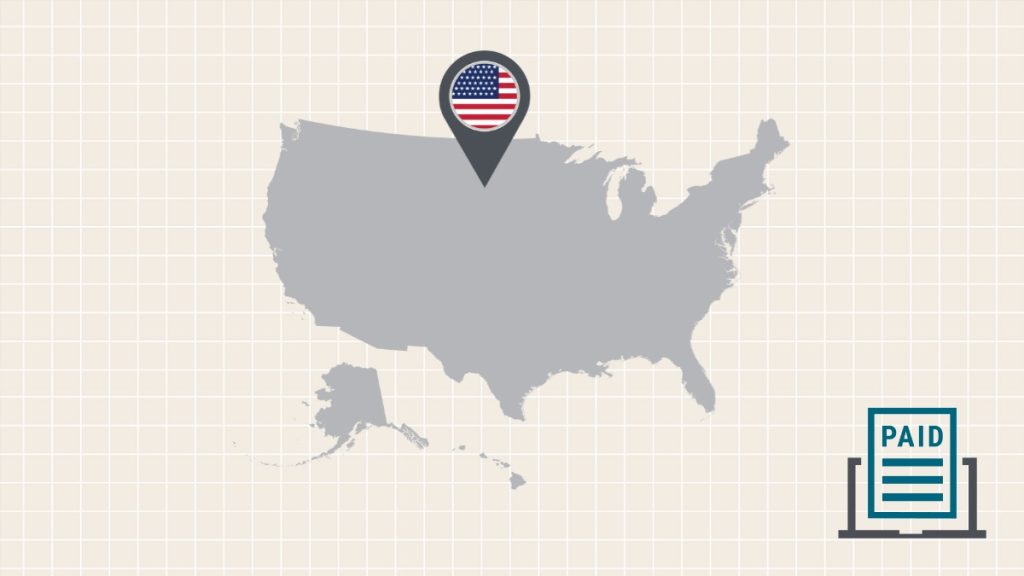Businesses active in the US know that for electronic invoicing, uptake is not on the same level compared to payment automation. The EDI 810 invoice syntax, a 50-year-old pre-Edifact message based on ANSI X12 standard, is still a common exchange format.
And no, sending PDFs by e-mail is not what we consider e-invoicing.
DBNA and the definition of an e-invoice interoperability framework
But also in the US there has been a demand for improved efficiency accessible to business of all sizes. Business Payments Coalitions (BPC) is an organization to promote greater adoption of electronic (B2B) payments, remittance data and invoices and was the driving initiative behind DBNA.
DBNA has published a standard for e-Invoice Exchange Framework, which is in line with the Global Interop Framework standard (gifwork.io) as being implemented by Peppol and GENA (previously EESPA).
The report can be downloaded here: e-Invoice Exchange Framework – Approach to Managing a Federated Registry Services Model in a Four-Corner Network (PDF)
What then are the differences between GENA, Peppol and BPC? All of them have implemented the same building blocks, although some have a newer version:
- SMP version 2 compared to SMP 1.0
- XHE envelope replacing SBDH
One significant difference is the participant registration (SMP to SML) where DBNA designed for a federated governance, compared to a centralized ‘ticketing’ agency for GENA and Peppol.
The payload (i.e. the definition of the invoice), will be XML in UBL syntax. The DBNA profile is derived from PINT (Peppol International Invoice), so also here lots of familiarities.
BPC launches DBNA
After successful completion of a market pilot, the e-invoice exchange framework initiative launched the Digital Business Networks Alliance (DBNAlliance) as the legal entity to oversee the new electronic exchange network.
As the oversight entity, the DBNA is responsible for defining policies, standards, security mechanisms, and other rules and guidelines that make up the exchange framework. The DBNA also offers membership to service provider access points and assists them with connecting to the exchange framework.
Axway eInvoicing and DBNA
AdValvas Europe, now a part of Axway, being heavily involved in GENA and GIF as well as being an early adopter of Peppol services, can help your organization to on-board on DBNA. The Axway eInvoicing platform also provides support for virtual access points, being used by other service providers.
For Axway customers, this means a single ticket opens access to all networks. Axway eInvoicing acts as a bridge between the networks, translating addressing as well as document syntaxes to the different regional requirements.
Interop 2.0 @ Axway
Axway now provides access to three network instances that are based on the Global Interoperability Framework (GIF). Besides being an early adopter of Peppol and for GENA having defined the interop standard, we’ve now added support for DBNA. We could focus on the differences between these implementations, but in fact it is the similarities that make it a scalable and viable framework standard.
Axway eInvoicing lets you handle invoicing in a way that’s global, standards-driven, and always up to date, whatever the country. It offers efficiency and cost advantages to companies everywhere by making invoicing 100% digital.
And by adding it to the Axway B2B Integration Platform, you’ll be able to engage with partners securely, streamline EDI and API flows, and leverage value-added services beyond e-Invoicing such as PEPPOL, API management, and API-driven VAN.
Discover 6 awesome things you can do with Axway eInvoicing.

Follow us on social